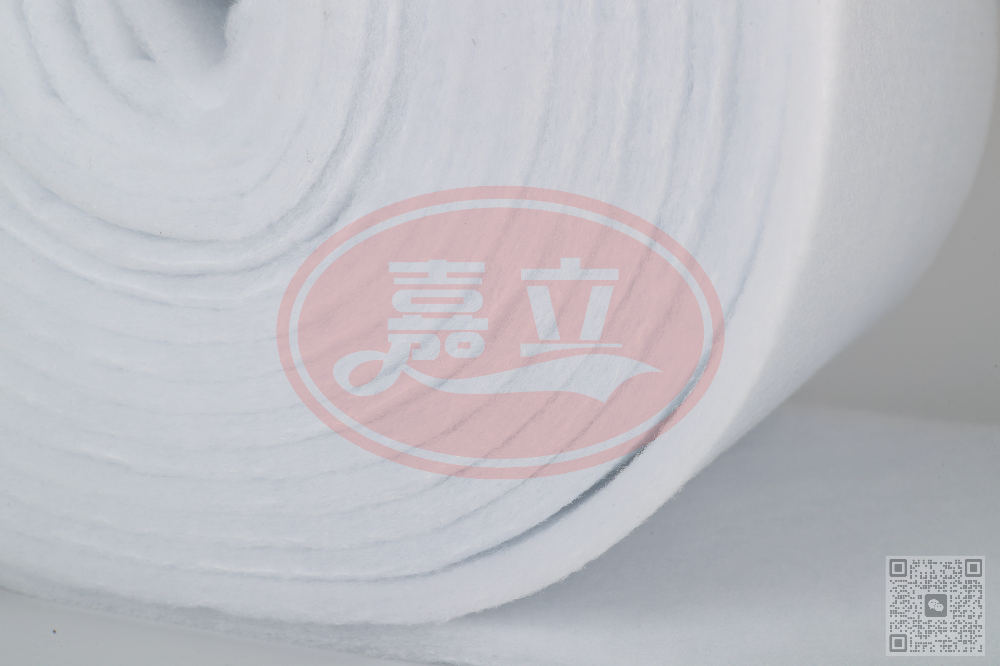Shanghai is a vibrant and bustling city, but it is also notorious for its air pollution. With the rapid development of urbanization and industrialization, the air quality in Shanghai has been increasingly deteriorating. To address this issue, high-efficiency air filters are becoming increasingly popular in public places and residential buildings. In this article, we will explore the specifications of the partition high-efficiency air filter.
The partition high-efficiency air filter is designed to remove harmful particles from the air, ensuring clean and fresh indoor air quality. This type of air filter is becoming more popular with the increasing awareness of the importance of air quality, especially in urban areas where pollution levels are high. The following are the specifications of the partition high-efficiency air filter.
The filtration efficiency of the partition high-efficiency air filter is measured by its Minimum Efficiency Reporting Value (MERV). The MERV rating ranges from 1 to 20, with the higher rating indicating a higher filtration efficiency. The partition high-efficiency air filter has a MERV rating of 13 or higher, meaning that it can remove more than 90% of particles larger than 1 micron in size, including pollen, mold, and dust.
By removing these harmful particles, the partition high-efficiency air filter can help improve indoor air quality and reduce the risk of respiratory diseases. This makes it an ideal choice for use in public places such as hospitals, libraries, and schools, as well as in residential buildings.
The filter material used in the partition high-efficiency air filter is a vital factor in determining its filtration efficiency. The most commonly used filter material is synthetic fiber, which has a high dust holding capacity and can trap particles of various sizes. Another popular filter material is activated carbon, which can effectively remove volatile organic compounds (VOCs) and odors.
Some partition high-efficiency air filters also use electrostatic or mechanical filtration. Electrostatic filters use an electric charge to attract and trap particles, while mechanical filters use a physical barrier to remove particles from the air. The choice of filter material depends on the specific needs of the application.
The air flow capacity of the partition high-efficiency air filter is also an essential factor in its performance. The air flow rate is measured in cubic feet per minute (CFM), and it indicates how much air the filter can handle. The air flow capacity of the partition high-efficiency air filter is determined by its size, shape, and design.
It is essential to select the right air flow capacity for the application to ensure that the air filter can effectively remove particles from the air. If the air flow rate is too low, the filter may not be able to trap particles effectively, while if the air flow rate is too high, the filter may become clogged too quickly, reducing its efficiency.

Proper maintenance and replacement of the partition high-efficiency air filter are crucial for its continued effectiveness. It is recommended that the air filter is replaced every three to six months, depending on the usage and environmental conditions.
In addition to regular replacement, the filter should also be checked and cleaned periodically to ensure its efficiency. This includes removing any debris or dust that may have collected on the filter, which can reduce its effectiveness. Proper maintenance and replacement of the partition high-efficiency air filter are essential to ensure the air quality remains clean and fresh, protecting the health of those indoors.
The partition high-efficiency air filter is an essential element in improving indoor air quality, especially in areas with high pollution levels. Its filtration efficiency, filter material, air flow capacity, and maintenance and replacement are vital factors that ensure its effectiveness. The increasing awareness of the importance of air quality is expected to drive the demand for partition high-efficiency air filters in residential and commercial buildings.
 掃一掃咨詢微信客服
掃一掃咨詢微信客服